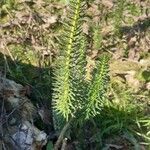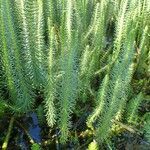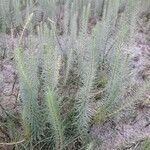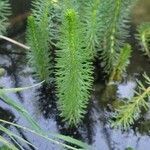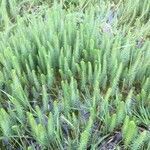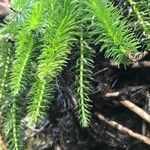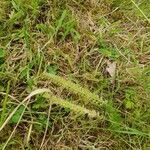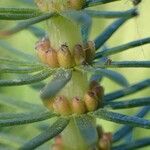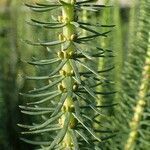Stems 10-150 cm or longer in running water. Leaves (4-)8-12-whorled, often spreading, lanceolate to linear, 1.5-6 × 0.1-0.2 cm, longest at mid-shoot, margin entire to weakly denticulate, apex somewhat thickened, subacute; submerged leaves longer than emergent leaves. Flowers purplish. Stamens ca. 1.5 mm. Ovary ca. 1 mm. Achene ovoid-ellipsoid, 1.5-2.5 mm, smooth. Fl. Apr-Sep, fr. May-Oct.
